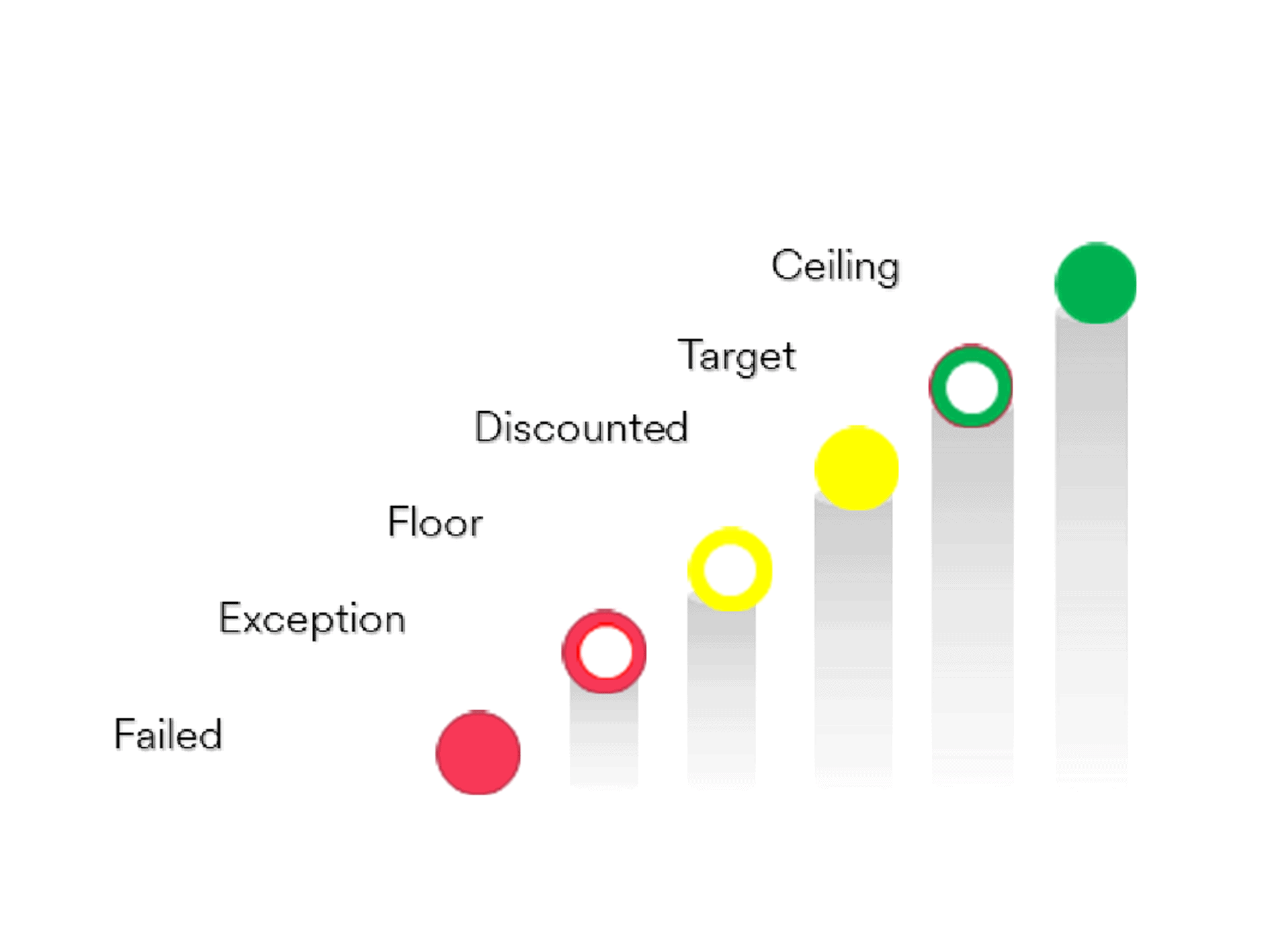The start of a new fiscal year is a major milestone in the annual calendar: most companies have already broken their pricing resolutions by summer and won’t be attacking them again–at least until the planning cycle for next year. Gone are the goals to discount less, capture more value, or fix our profit leaks.
If you made a pricing resolution, it’s likely that the goal is important to your companies’ financial performance or your career. Giving up now is the worst thing you could do. Companies are reflective of the people and environment that work there and like them, 90 percent of people give up on their goals made at the start of a new year.
The start of a new fiscal year is like New Years Day. According to a team of scientists at Wharton, January 1st is a “temporal landmark,” an event that marks the passage of time. The start of a new fiscal year allows a company to separate itself from last year’s mistakes or successes and open a new time period to achieve a goal.
In pricing, that annual reset is most often wrapped up into a small check box within the annual budget cycle, and quickly it is set and forgotten. That misses the opportunity to find other dates to use as landmark events to fix mistakes that could harm or improve performance before year-end. Also missed, the opportunity of a digital transformation, which includes pricing, to open even more doors to frequent resets that increase top-line and net profit performance.
 You can create such an event every quarter, month, week, daily, or in real-time with margin scoring models informed by the real-time or near real-time digitization of key fields in the transaction data. But make it a landmark by signaling the right behavior to suit your business.
You can create such an event every quarter, month, week, daily, or in real-time with margin scoring models informed by the real-time or near real-time digitization of key fields in the transaction data. But make it a landmark by signaling the right behavior to suit your business.
This week I completed delivering a pricing training program with one of my clients in a low margin, high turnover sales environment. Adam’s team of desktop salespeople is comprised of seasoned veterans in the high speed, and newbies that burn out way too fast competing for sales of laptops and software against the likes of Amazon.
The company had identified a pilot team of 10 volunteers who desired to tackle a professional goal, to capture higher margins on every transaction than their judgment alone would have dictated. The participants were to be scored in real-time on each transaction over a period of five consecutive days based on a margin quoted above/below the suggested price, one informed in real-time by the quoting tool for similar sales. The system was designed to inform them of that goal at the start of every transaction.
The other 12 teams effectively provided a control group – they had access to the same tools set but no training on the system design or scoring incentives. For them, it was just another tool to add to the noise in their chaotic day.
Simply by re-framing the information being provided for each new transaction, people were more likely to view the opportunity as a fresh start. One that was reinforced all day long making these decision-makers more effective, less distracted. Margins improved immediately, specifically with no requests for exceptional discounts – a situation that had never happened with this team before.
By creating an environment that helped achieve personal and professional goals more frequently, we created a system that empowered a distributed network of decision-makers and gave people many more opportunities to follow through and not get discouraged or give up, having been beaten by competition and customers. Longer-term we hope to reduce fatigue and turnover as these people become more successful.
Last year I resolved to get my message of “get started now” on the journey to a data-driven future out to more clients. I started strong, but trailed off near the end of the first quarter. Covid gave me an excellent excuse. So I started again on September 1st. And I started again on Thanksgiving. By the end of the year, I was speaking to four to five clients a week. I didn’t need to make it a 2021 because it’s a habit that’s stuck no matter how busy I get.
Give yourself a fresh start on judgment and decision making and use pricing as it rewards quickly. Re-visit your goals several times a year and you won’t be among the majority of companies who start the year with good intentions, end up using cost-cutting over price to meet margin at year-end, declare victory, but fail to capture their value.






